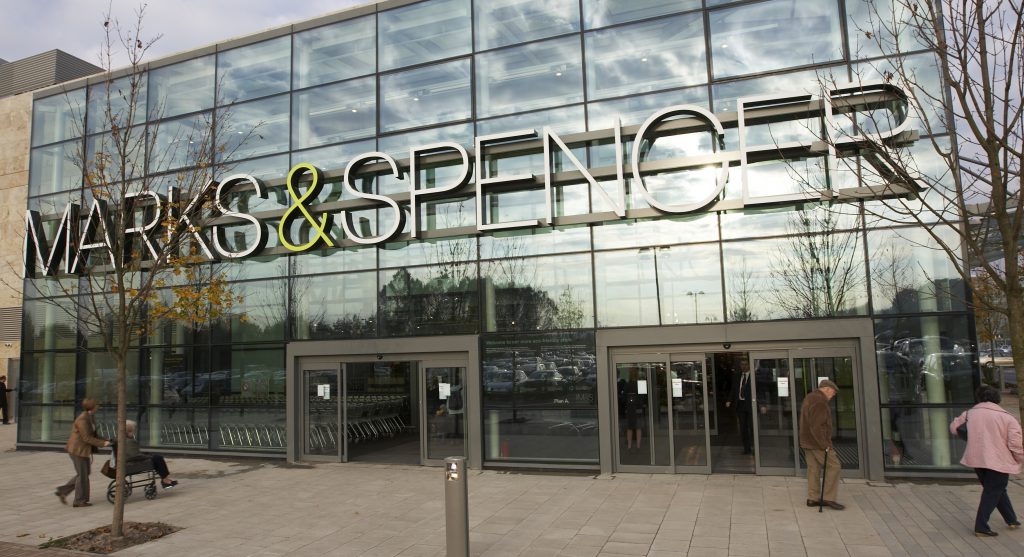The retailer plans to launch new shops of 12,000ft to 15,000ft and adapt existing stores to offer a wider range of groceries.
At the moment, only about 12 of its stores offer all of its 6,500 food products.
In a letter to M&S suppliers, the retailer reportedly said the move would help the firm compete with Waitrose, Sainsbury’s and Tesco as a destination for families doing their weekly shop.
The letter reportedly said: “We are starting a store renewal programme that will get more products in front of customers with bigger, better M&S food halls in new and existing sites.
“It is assumed that M&S Food isn’t a full-range business. That is not true. Our full range is unrivalled in taste and quality. We have over 6,500 lines… we just don’t get them in front of customers.
“Our full range is only available in a dozen or so stores. This must change and it will.”
The letter added that the plans are designed to “bust” the “misunderstanding” M&S is only for “singles and couples”.
In response to the news, Thomas Brereton, retail analyst for GlobalData, said: “It is understandable that M&S Food’s managing director Stuart Machin is looking to expand the food side of the business; over the last decade, M&S has increasingly relied on its food division as its clothing and home side has suffered, with food now responsible for 61% of group sales – up from 52% in 2009.
“However, simply offering a full range of food products in more stores will not instantly convert into sales – it will take time for the new proposition to resonate with target consumers, who are more used to shopping at other ‘premium’ players such as Waitrose or Sainsbury’s for the mainstay of their grocery shops. Only 2% of shoppers currently do their full shop at M&S, and it will be an uphill challenge to convince others to switch from their usual supermarkets – even with M&S’s concurrent focus on reducing prices and providing value.
“It’s also an unusual decision to redistribute investment towards larger spaces; average store size at the larger supermarkets has been falling over recent years following the repositioning of store portfolios to focus on closer, smaller shops, to capitalise on the growing demand for convenience.”
 Talking Retail Grocery and product news for independent retailers
Talking Retail Grocery and product news for independent retailers






